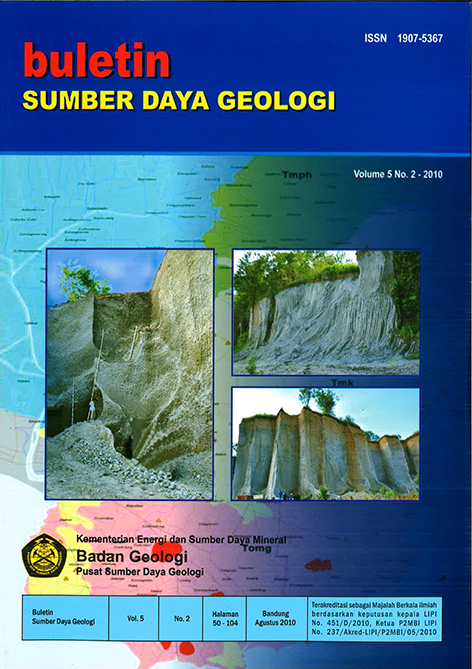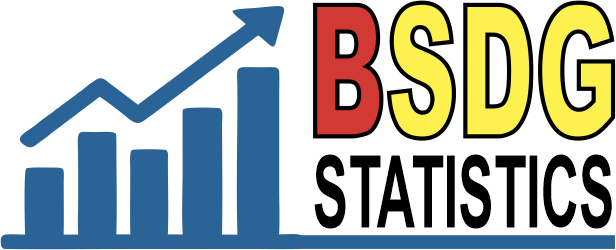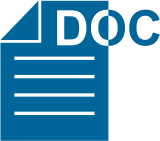PEMBUATAN IN-HOUSE STANDARDBAHAN ACUAN BAKU (STANDARD REFERENCE MATERIAL) BATUGAMPING
Abstract
Permintaan pelayanan jasa untuk pengujian/analisis dari tahun ke tahun semakin meningkat, sehingga diperlukan Bahan Acuan Baku yang cukup banyak sebagai kontrol untuk menjamin mutu hasil pengujian setiap parameter yang terkandung di dalam mineral-mineral tersebut. Mengingat Bahan Acuan Baku yang bersertifikat (Standard Reference Material /SRM) sulit didapatkan dan mahal harganya, maka perlu dilakukan pembuatan conto in house standard sebagai pengganti SRM.
Pembuatan in-house standard bahan acuan baku batugamping meliputi pengambilan dan preparasi conto di lapangan, preparasi conto di laboratorium, pelabelan conto, analisis conto di laboratorium, pengolahan dan analisis data, serta pelaporan hasil. Kegiatan pengambilan conto batugamping untuk pembuatan in-house standard dilakukan pada tiga lokasi, dengan kriteria kandungan CaO rendah, sedang dan tinggi. Lokasi tersebut adalah Bukit Sampare, Desa Labuan Kertasari, Kecamatan Taliwang, Kabupaten Sumbawa Barat, Provinsi Nusa Tenggara Barat; Desa Jarorejo, Kecamatan Kerek, Kabupaten Tuban, Provinsi Jawa Timur; dan Bukit Karang Putih, Desa Batugadang, Kecamatan Kilangan, Kota Padang, Provinsi Sumatera Barat.
Hasil uji homogenitas untuk conto batugamping cukup baik. Prosedur analisis kimia batugamping yang digunakan di Laboratorium Pengujian Kimia-Fisika Mineral dan Batubara, Pusat Sumber Daya Geologi cukup valid. Hasil analisis untuk conto in-house standard batugamping TL.1a 90% termasuk dalam rataan hasil analisis sembilan laboratorium dan PD.1c 90% termasuk dalam rataan hasil analisis tujuh laboratorium. Artinya laboratorium tersebut sudah dapat dianggap kompeten dalam menganalisis conto batugamping. Hal ini tidak terlepas dari pemilihan prosedur analisis dan conto standar yang tepat.
Pengujian In-House Standard Batugamping diharapkan dapat terus dikembangkan menjadi Conto Nasional Standar Batugamping dengan melibatkan laboratorium yang berkompeten baik laboratorium Pusat Penelitian maupun laboratorium Industri Batugamping (Semen, Quick Lime & Hydrat Lime, dll.) di seluruh Indonesia dan melibatkan beberapa laboratorium diluar Indonesia (Negara ASEAN).
Downloads
References
ASTM : C 25-81a, Standard Methods of Chemical Analysis of Limestone, Quicklime, and Hydrated Lime. 1982.
ASTM Designation: C 1301-95 (Reaproveved 2001). Standard Test Method for Major and Trace Element in Limestone and Lime by ICP and AAS.
Davis, A.E. and Hartati, R.D. 1991. The Preparation of Quality Control Sample for The Analysis of Sample from Southern Sumatera Geological and Mineral Exploration Project, Laporan Kerja Direktorat Sumber Daya Mineral, Bandung.
ISO GUIDE 33 Uses of Certified Reference Materials, Assessment of Laboratory Performent with Certified Reference Materials
Kartika, S.H., 2006, Buku Materi Pokok 6 Analisis data Statistik STA 211/III/06.
Maxwell, J. 1981, Rock and Mineral Analysis. Chemical Analysis. Second edition vol. 27. John Wiley and Sons. Canada.
Rosyid, 1983, Laporan Kegiatan Training Rapid Rocks Analysis Methods di USGS. Direktorat Sumber Daya Mineral. Bandung.
Scott, W. W. 1939, Standard Methods of Chemical Analysis. NewYork, London
Shapiro, L. 1980, Rapid Analysis of Silicates, Carbonate and Phosphate Rocks, Revised Edition Geological Survey Buletin1401.
Copyright (c) 2019 Buletin Sumber Daya Geologi

This work is licensed under a Creative Commons Attribution-NonCommercial-ShareAlike 4.0 International License.
Authors whose manuscripts are published agree to the following terms:
The publication rights of all journal manuscript materials published on the Buletin Sumber Daya Geologi website are held by the editorial board with the knowledge of the author (moral rights remain with the manuscript’s author).
The formal legal provisions for access to digital articles in this electronic journal are subject to the terms of the Creative Commons Attribution-ShareAlike (CC BY-SA) license. This means that Buletin Sumber Daya Geologi has the right to store, convert media/formats, manage in the form of a database, maintain, and publish the article without requesting permission from the author, as long as the author’s name is cited as the copyright holder.
Manuscripts published in both print and electronic formats are open access for educational, research, investigative, and library purposes. Beyond these purposes, the editorial board is not responsible for any violations of copyright law.















